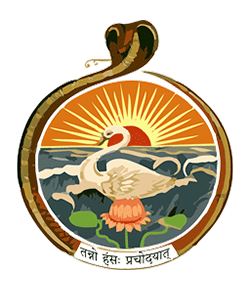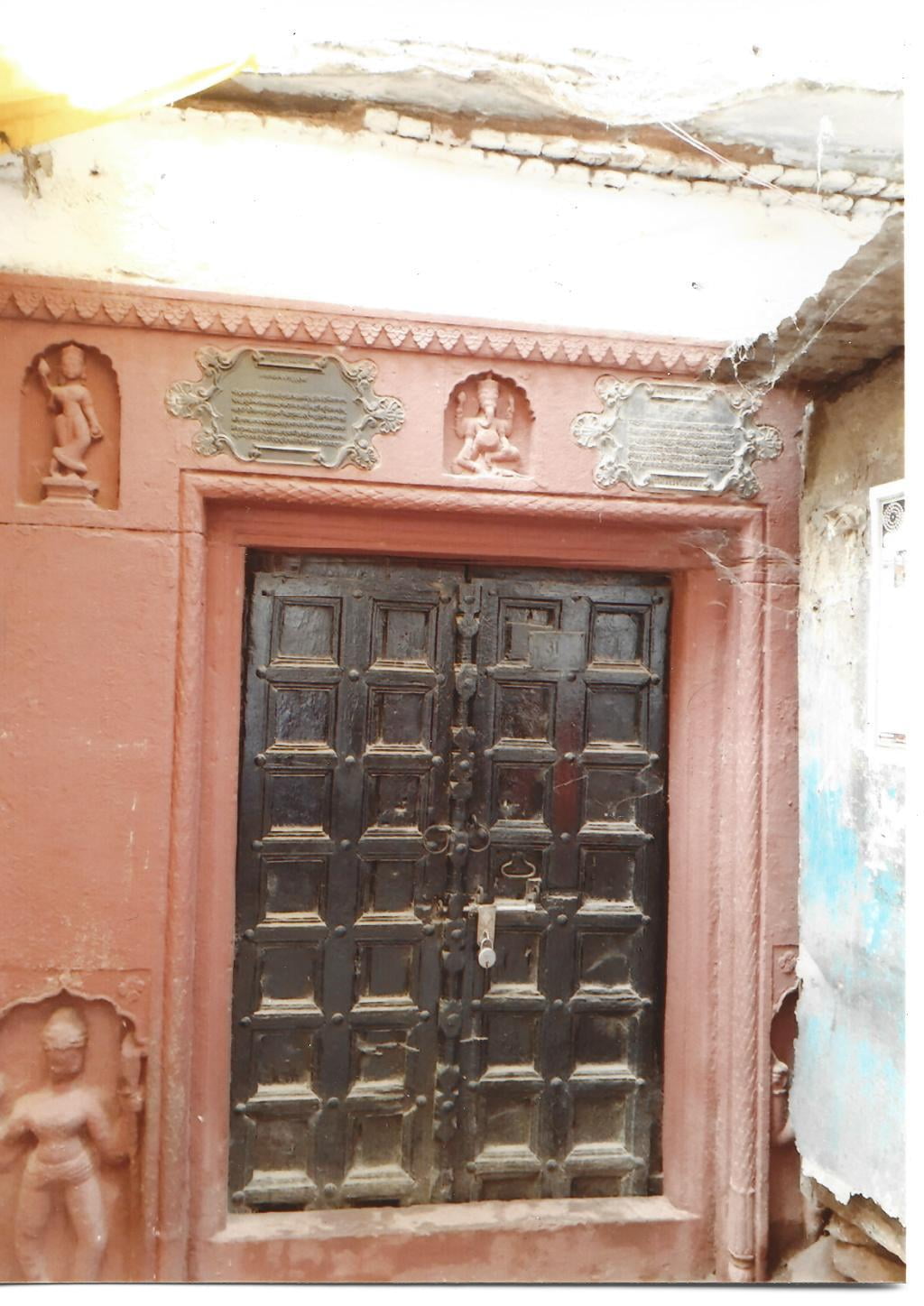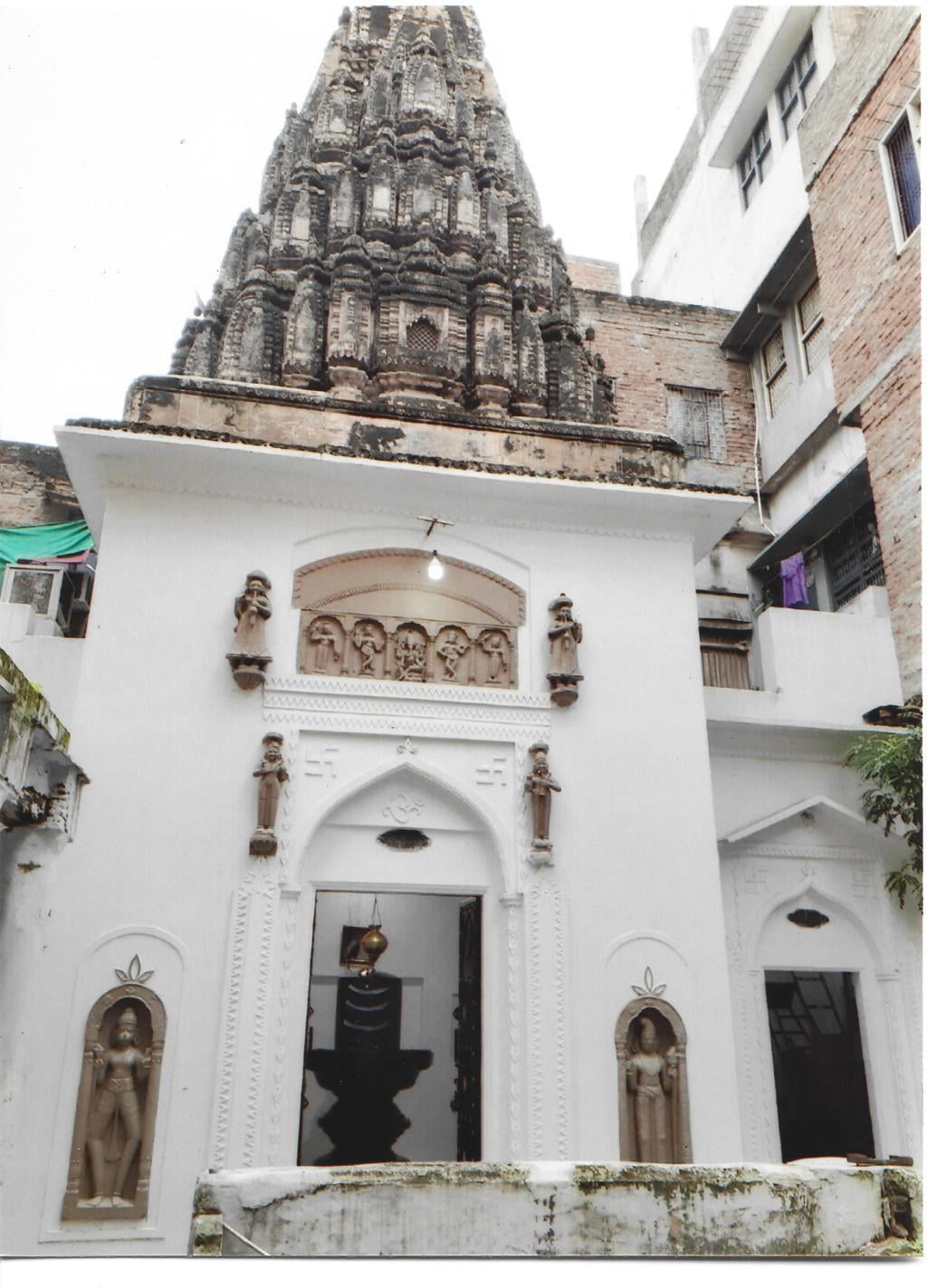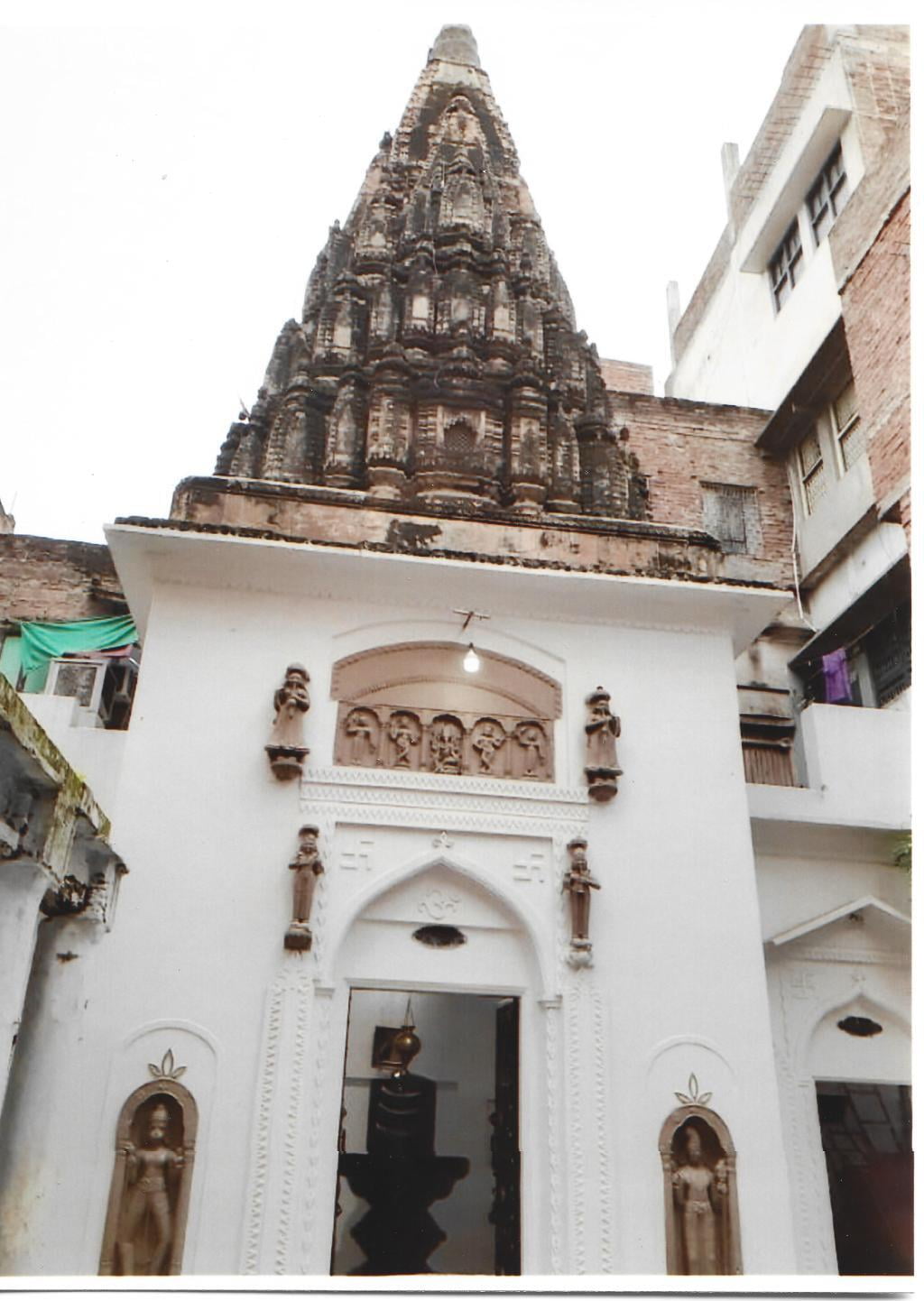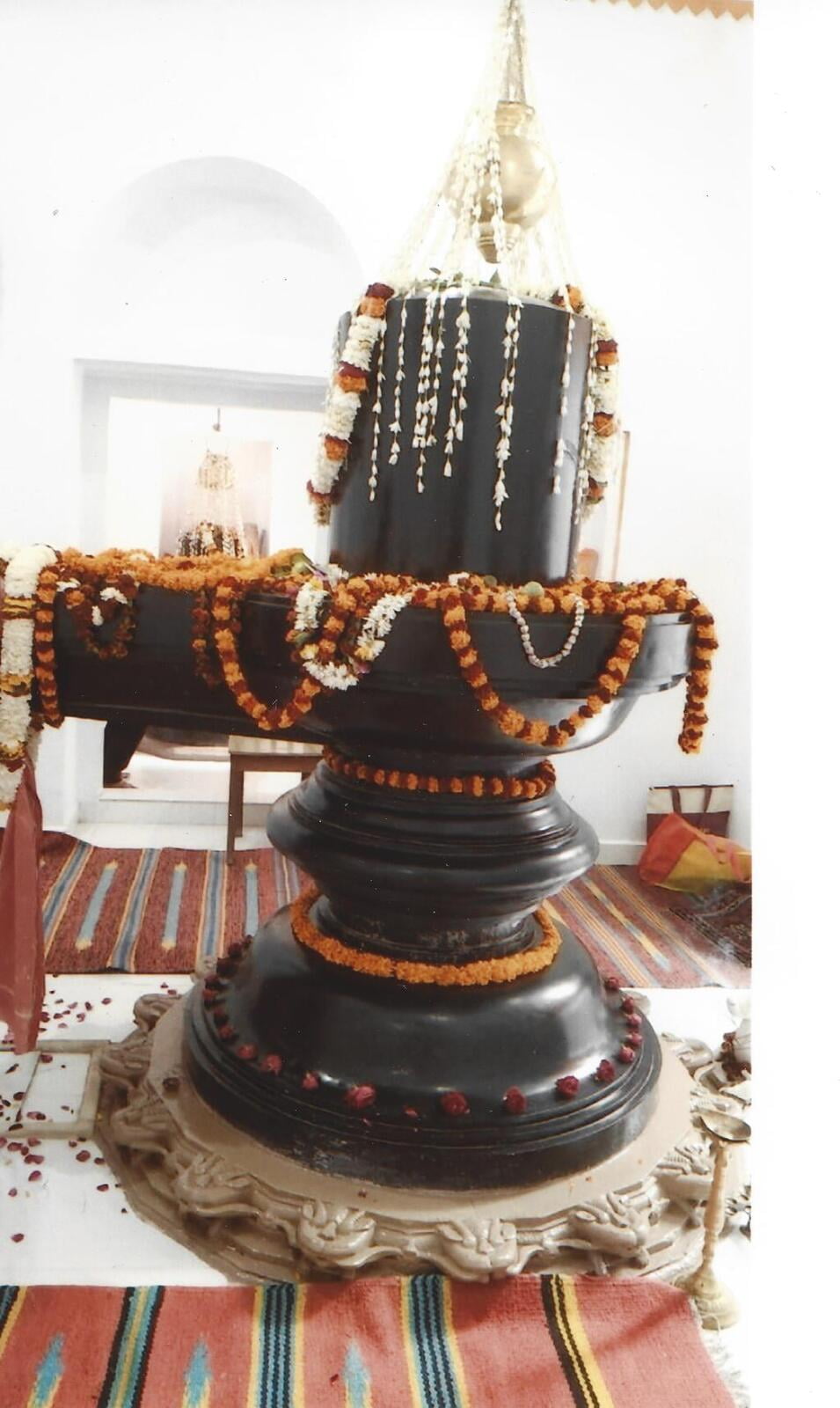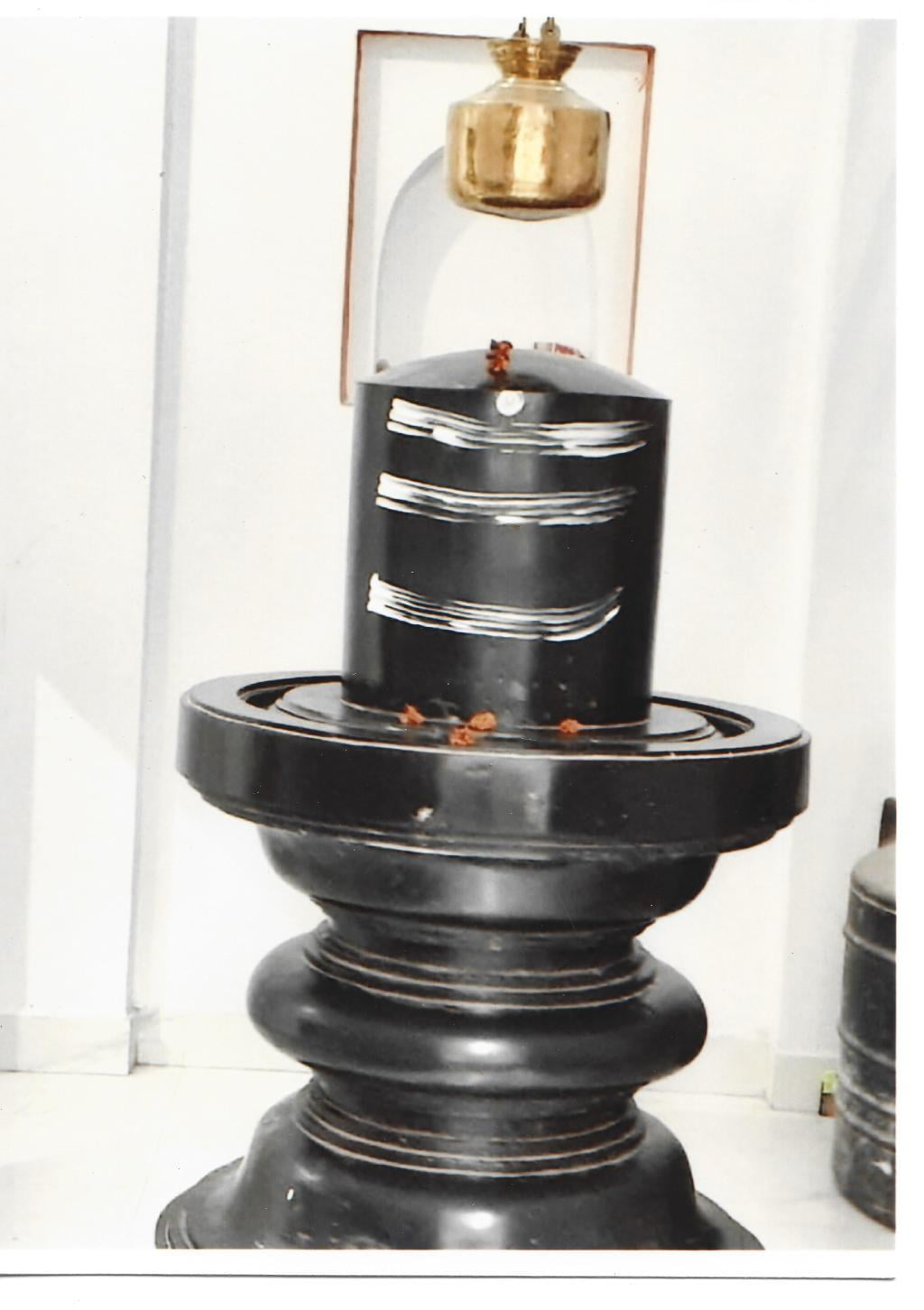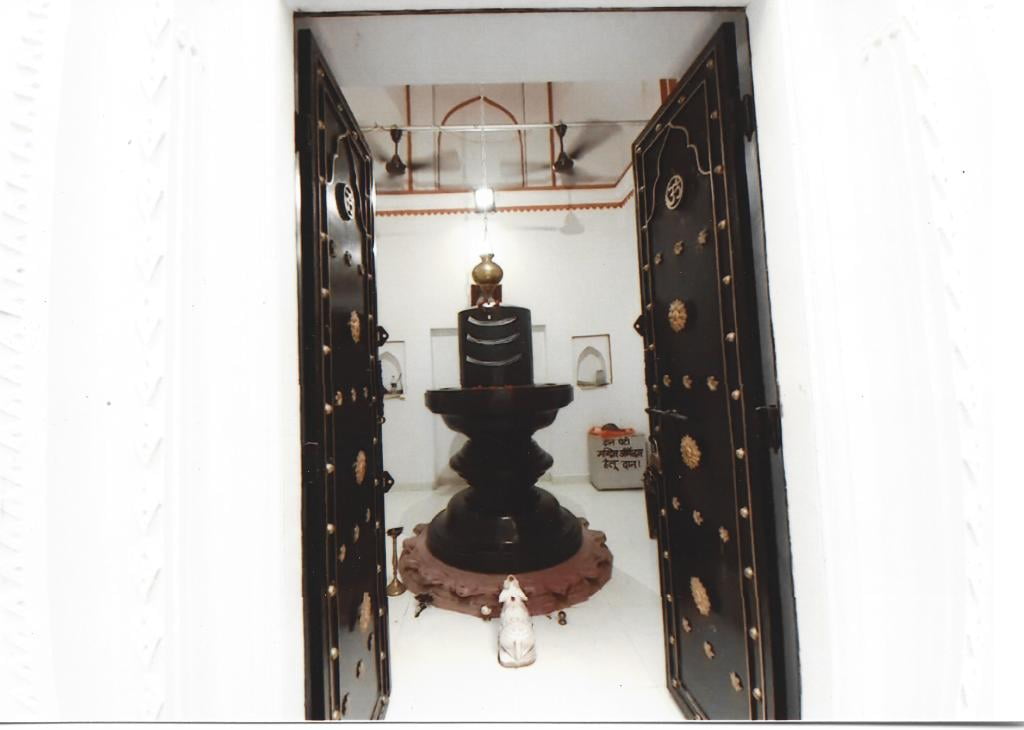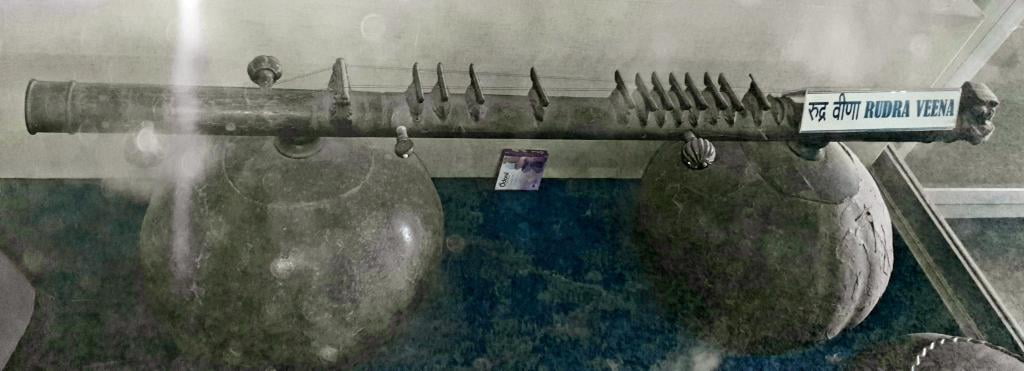Visit of Sri Ramakrishna to Varanasi
Sri Ramakrishna's next visit or pilgrimage to Varanasi was in 1868 with Mathura Mohan Biswas, the custodian of the Dakshineshwar Kali Temple Trust. A total of 125 people travelled with them including Sri Ramakrishna's aged mother and his nephew Hridayram. Before coming to Kashi the whole convoy had first visited Deoghar. Passing through a village near Deoghar, which came under the zamindari (Ownership) of Mathur babu, Sri Ramakrishna was struck by the poverty and misery of the villagers. He asked Mathur to give the villagers sufficient oil to cool their heads and each a piece of cloth to wear and feed them to their fill once. Initially, Mathur Babu seemed a bit reluctant keeping in mind the monetary requirement of the pilgrimage. But Sri Ramakrishna insisted and replied, "I will not go to your Kashi. I will remain here with them; they have none to call their own; I will not leave them behind and go." Subsequently, he went and sat in their midst. Mathur Babu did as Sri Ramakrishna wished. Here we see the seeds of 'Worship of God in Man' as taught by him to his chief disciple Swami Vivekananda.


In Varanasi Mathur Babu hired two houses near Kedar Ghat for their residence. During their stay Sri Ramakrishna visited Vishwanath Temple and also many other temples. In fact, his stay at Varanasi was one continuous spiritual experience.
One of his visions at Varanasi is a landmark in resolving the centuries old intellectual fight between the Vedanta followers and the followers of Puranas (Mythology). The Vedanta firmly states that freedom from transmigration can be had only when a Jiva (individual) has attained to full knowledge of ultimate reality the Brahman. But the followers of Puranas insisted that the almighty God had decreed a special place on earth, the Kashi, where a Jiva can attain freedom by just dying in it. The vision of Sri Ramakrishna showed the posterity the very method by which both the schools of thought are justified.


One day while on a boat ride on the Ganga, as they neared the Manikarnika Ghat, Sri Ramakrishna went into samadhi and in a vision saw the awe inspiring sight of a fair figure with dark locks of hair whispering the supreme mantra in the ear of the jivas lifting them from the funeral pyre, and the Mother of the Universe removing the bondages of the soul and freeing it from the cycle of transmigratory existence from the other side.
One of his visions at Varanasi is a landmark in resolving the centuries old intellectual fight between the Vedanta followers and the followers of Puranas (Mythology). The Vedanta firmly states that freedom from transmigration can be had only when a Jiva (individual) has attained to full knowledge of ultimate reality the Brahman. But the followers of Puranas insisted that the almighty God had decreed a special place on earth, the Kashi, where a Jiva can attain freedom by just dying in it.

The vision of Sri Ramakrishna showed the posterity the very method by which both the schools of thought are justified.
The vision, as if, showed that for each dying body in Kashi, the Bonds of heart are loosened by the Mother of the Universe and with the removal of bonds the heart becomes purer. Then when a pure heart hears 'The Mantra' given by the Guru of all Gurus the Jiva is bound to attain full knowledge of Brahman and freedom is inevitable.

Sri Ramakrishna had another vision that Varanasi was built entirely of gold, devoid of any brick and mortar - a result of the manifestation of the gold mass of spiritual emotions of devotees, ascetics through ages which had given Varanasi the appearance. In the true sense it was a 'Golden-Kashi'. It was after this vision that he used to go for toilet out of the area of Varanasi.
The entourage stayed at the house of Kalinath Bapuli, a friend of Mathur babu, near Kedar Ghat. The descendants of the Bapulis still live in the same house, now known as 'Paduka Mandir' as Sri Ramakrishna's footwear is worshipped. The descendents claim that the said footwear was used by Sri Ramakrishna but this has no independent confirmation.

Sri Ramakrishna The Great Master
By Swami Saradananda
The Master went to see Mahesh, the Vina-player
During their stay at Vrindavan, the Master had a desire to listen to the playing of the stringed instrument, the Vina. But his desire was not fulfilled, as no Vina-player was available there at that time. That desire again arose in his mind when he returned to Kasi. Accompanied by Hriday, he went to the house of the expert Vina-player, Maheshchandra Sarkar, whom he requested to play on the Vina for him. Mahesh lived in the quarter called Madanpura in Kasi. At the request of the Master, he played that day for a long time on that instrument with great delight. As soon as he heard the sweet ringing sound of the Vina, the Master was in ecstasy. When he regained partial normal consciousness, he was heard to pray to the divine Mother, saying, “Mother, give me normal consciousness; I want to listen attentively to the Vina.” Immediately afterwards, he was able to stay in the external plane of consciousness, when he listened to the music with delight and now and then sang to the accompaniment of the Vina. From 5 p.m. to 8 p.m he spent his time delightfully there, when he was requested by Mahesh to take a little refreshment, which he did, and returned to Mathur. Mahesh used to come daily to see the Master thereafter. The Master said, “He completely lost himself in playing on the Vina.”

Among the ascetics of Varanasi, Sri Ramakrishna held Tailanga Swami in the highest esteem. Having observed his movements and other signs with his deep spiritual insight, he announced to his nephew Hridayram that the Swami had attained the state of Paramahansa. Sri Ramakrishna had cooked rice porridge (payesh) for the Swami and fed him.
Sri Ramakrishna visited the house of eminent Veena maestro Mahesh Sarkar to listen to his music and even sang in accompaniment. He returned to Dakshineswar in May 1868.
